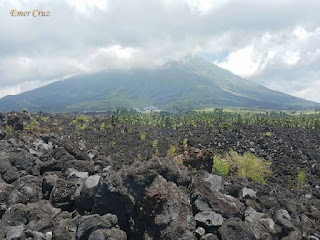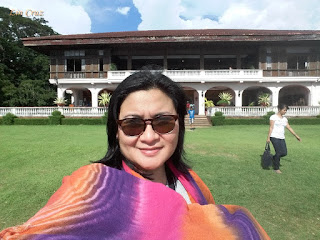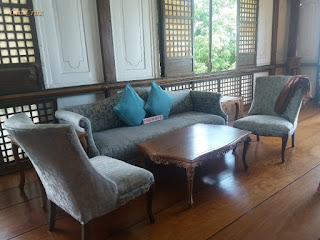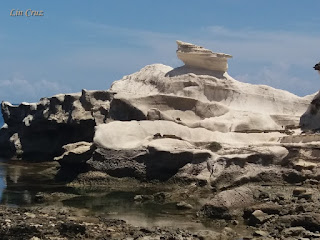"Team Una" is composed of dynamic and professional individuals whose interest in the outdoors has taken them to established the group which means "First". They randomly met in previous hikes as solo joiners, then the vision of Team Una came into existence with the same ideals and love for the outdoors.
As a group, we have this motto: "Sama-sama tayong aakyat sa bundok at sama-sama din tayo bababa bilang magtrotropa. Walang Iwanan" and firmly believe friendship and relationship matters most, because we are not a profit-oriented group.
As a group, we have this motto: "Sama-sama tayong aakyat sa bundok at sama-sama din tayo bababa bilang magtrotropa. Walang Iwanan" and firmly believe friendship and relationship matters most, because we are not a profit-oriented group.
We believe that the joiners should be prioritized in the event and that their satisfaction is of utmost importance. We believe in leisure hikes and travel over "buwis-buhay" hikes, because hikes must be enjoyed as a form of relaxation which is used to unwind one's mind and body after a week of intoxicating work rather than life threatening travel. We are here to help newbie mountaineers and other people rediscover the beauty of nature as a form of activity that is beneficial for one's physical fitness, enjoyment and life's passion.
We do not adhere to illegal and backdoor hikes, because safety is our top most priority as a group. We believe the we must abide with the law as a citizen to have a worry-free trip. Our advocacies and principles matters to us, with each fellow traveler we travel with, we create meaningful and lasting memories.
With Team Una, your travel is not just an adventure because it also supports local guides, communities and we highly implement "Leave No Trace Principle" ensuring that we don't destroy the nature that God has created but rather cherished it with utmost respect and appreciation .
Let me just share this wonderful quote from Mahatma Gandhi: “A customer is the most important visitor on our premises. He is not dependent on us. We are dependent on him. He is not an interruption of our work. He is the purpose of it. He is not an outsider of our business. He is part of it. We are not doing him a favour by serving him. He is doing us a favour by giving us the opportunity to do so.”
Let me just share this wonderful quote from Mahatma Gandhi: “A customer is the most important visitor on our premises. He is not dependent on us. We are dependent on him. He is not an interruption of our work. He is the purpose of it. He is not an outsider of our business. He is part of it. We are not doing him a favour by serving him. He is doing us a favour by giving us the opportunity to do so.”
















































